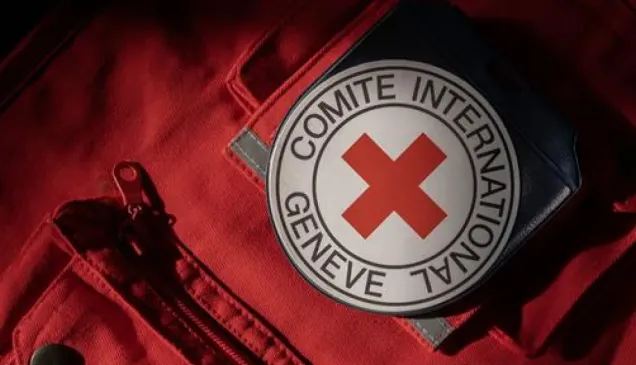The International Committee of the Red Cross (ICRC) welcomes the continued work of the Group of Governmental Experts (GGE) and urges the High Contracting Parties to the CCW to take their important work forward in line with one of the main purposes of this Convention, namely "the need to continue the codification and progressive development of the rules of international law applicable in armed conflict".
The expanding development and use of autonomous weapon systems bring this purpose into sharp focus. They give urgency to the need for the international community to respond effectively and with timeliness.
At the end of last year, the ICRC urged the High Contracting Parties to agree an ambitious mandate for the GGE – one that sets out a path towards the adoption of new, international, legally binding rules.
Despite a lack of clarity in the direction of the new mandate, we trust that states will now seize the opportunity to articulate an effective response to the risks that autonomous weapons pose and one that does indeed "take into account the example of existing protocols within the CCW" and builds on past work.




